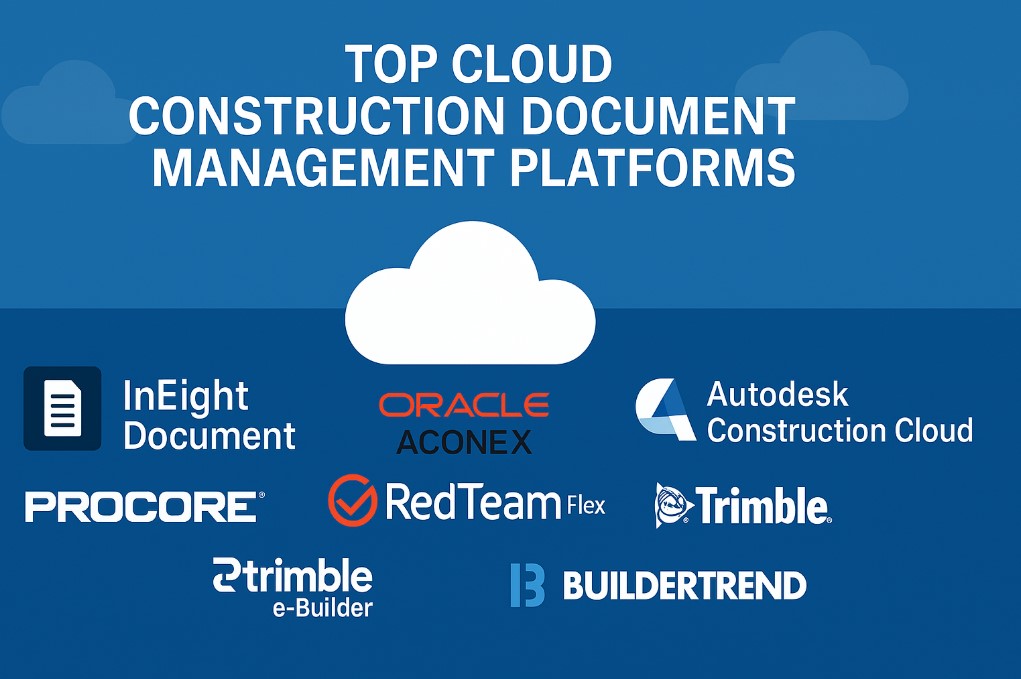How digital flipbooks are transforming the way businesses share content
Digital flipbooks are changing the way organizations exchange brochures, catalogs, manuals, and internal documentation by making static PDFs into dynamic, mobile-friendly books. They are a superior alternative for teams in marketing, real estate, education, hospitality, and other fields since they make reading easier, include media, provide better statistics, and let you share files securely. Companies may use flipbooks to show off polished, interesting material without needing to know how to code. They can easily upload PDFs and add links to the web.
A lot of companies don’t really struggle with creating content - the real issue is getting it in front of people in a way that’s actually pleasant to read. PDFs have been the default choice for things like brochures or guides for a long time, but they’re not always that practical in everyday use. On phones especially, they can be slow to open, hard to interact with, and they often make nicely designed materials look a bit flat.
Lately, more people have been turning to digital flipbooks as a straightforward way to share documents online. They take a regular PDF and turn it into an interactive booklet that works nicely on pretty much any device - you flip through it like a real book, only it’s all in the browser. And rather than making someone download a heavy PDF first, you can simply share a link - they open it and start reading without any extra steps.
What exactly is a digital flipbook?
A digital flipbook is basically your PDF shown as an interactive, easy-to-browse booklet. All the images and layout stay the same - the only difference is that it opens like a real publication.
Pages turn with smooth animations, content adjusts to screen size, and creators can add interactive features such as:
-
Embedded videos
-
Clickable buttons
-
External links
-
GIFs and animations
-
Lead-capture forms
PDF files need to be downloaded and easily disappear in long email chains, but a flipbook is just a link you can share and open right away. That alone can encourage more people to actually open and explore the content.
Why this format works so well for businesses
Companies across marketing, real estate, education, hospitality, e-commerce, and many other sectors have started using flipbooks for one main reason: they help content stand out.
A more engaging way to present information
Internal files, things like training manuals or onboarding notes, are often easier to read when they’re turned into flipbooks. For customer-facing materials, catalogs, proposals, event programs, the interactive format creates a sense of polish that a standard PDF cannot replicate.
Better for mobile readers
These days a lot of work conversations happen on phones or tablets, and regular PDFs don’t always handle that well - you end up zooming in and dragging the page around just to read a sentence. Flipbooks tools scale themselves to the screen, so they’re much easier to look through, even if you’re scrolling with one hand.
Easy to track and analyze
Most flipbook tools these days come with some kind of basic analytics. You can get a sense of how people move through your content - which pages they actually read, what they click on, and where they drop off. With a regular PDF, you don’t really get any of that.
A more secure way to share documents
Some services allow password protection, restricted access, or a “no download” option. This helps companies share proposals or internal documents without worrying that the file will circulate freely.
How teams are using flipbooks today
They may have started off as a marketing trick, but people now use flipbooks for all sorts of things. Some common examples include:
-
Digital product catalogs for e-commerce stores
-
Real estate portfolios and property brochures
-
Training manuals and onboarding guides
-
Event programs, schedules, and presentations
-
School newsletters or course materials
-
Annual reports and financial summaries
-
Restaurant menus and hospitality guides
Because flipbooks are easy to update, businesses can refresh a catalog or brochure without sending out a new file each time. Readers always access the most up-to-date version.
Turning a PDF into a flipbook - easier than it sounds
Creating a flipbook typically doesn’t require design skills or complicated software. Many online platforms convert a PDF automatically - upload, customize, publish, and share.
One example is Publuu’s flipbook maker - you upload a PDF, tweak a few details, and then you can share the flipbook as a link or drop it straight onto your website. Tools like this have lowered the barrier to entry, making digital publications accessible even for small teams without dedicated design departments.
Best practices for designing flipbook-ready PDFs
If you want your flipbook to look good, start with a PDF that’s easy to read. Use decent-quality images - low-res graphics really stand out once everything goes online. Try to keep the layout simple and not too crowded, because busy pages don’t translate well on smaller screens. If you plan to add buttons, links, or videos, leave a bit of breathing room around those areas so the page doesn’t feel cramped. And before you publish anything, open it on a couple of different devices; something that looks perfect on a big monitor can feel surprisingly tight on a phone.
A simple PDF can look surprisingly decent as a flipbook. I’ve seen documents that barely changed at all, yet the flipbook version just felt easier to go through.
Final thoughts
Digital flipbooks make it easier for people to browse online materials without any hassle - which is probably why they’re slowly replacing traditional PDFs. For many businesses, they’re simply a convenient way to share materials - you open a link and everything’s there, no downloading big files or fighting with a PDF on your phone.
For companies looking to elevate their brochures, catalogs, or reports, converting them into flipbooks is a surprisingly simple upgrade that can significantly improve how audiences experience the content. And since more teams work online these days, chances are this format will soon feel completely normal - not something new or unusual.

Subscribe & get all related Blog notification.





Post your comment